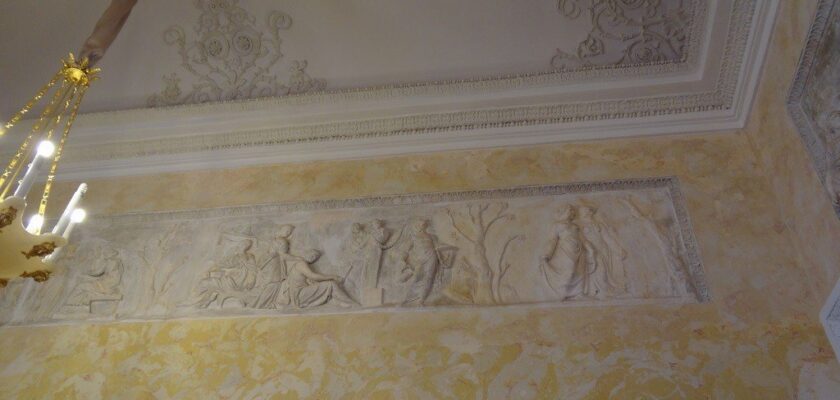Stroganov Palace in St. Petersburg
Stroganov Palace is a magnificent rose-colored baroque building, a creation of the great Rastrelli. It is located in St. Petersburg, at the corner of Nevsky Prospekt and Moika.
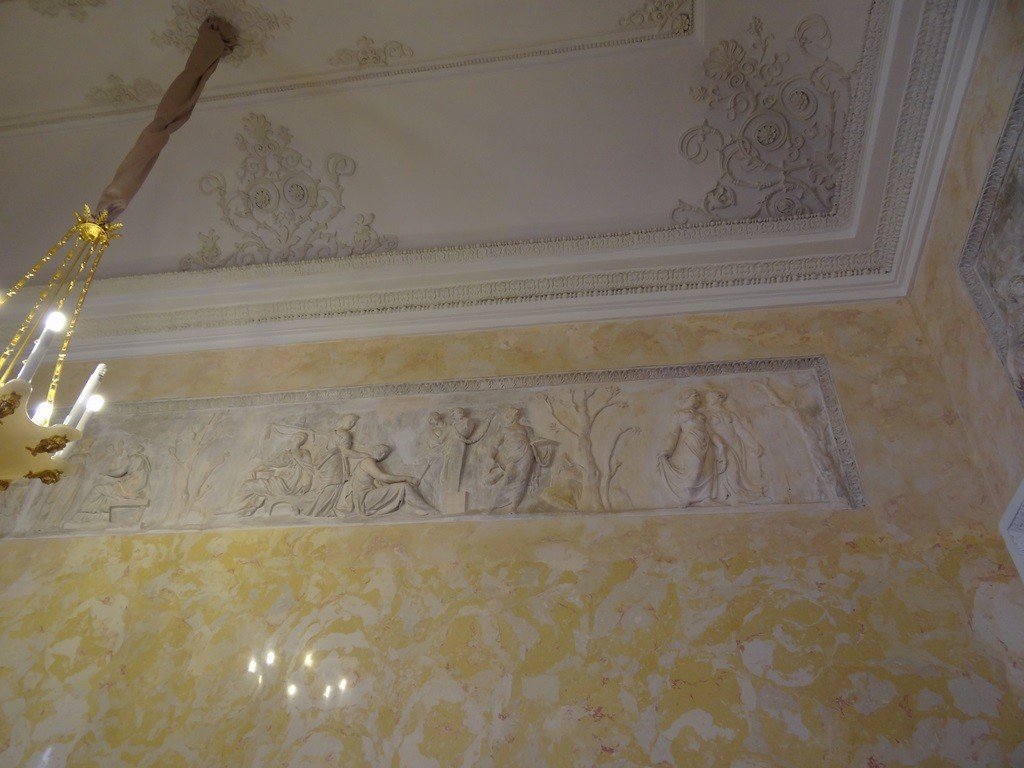
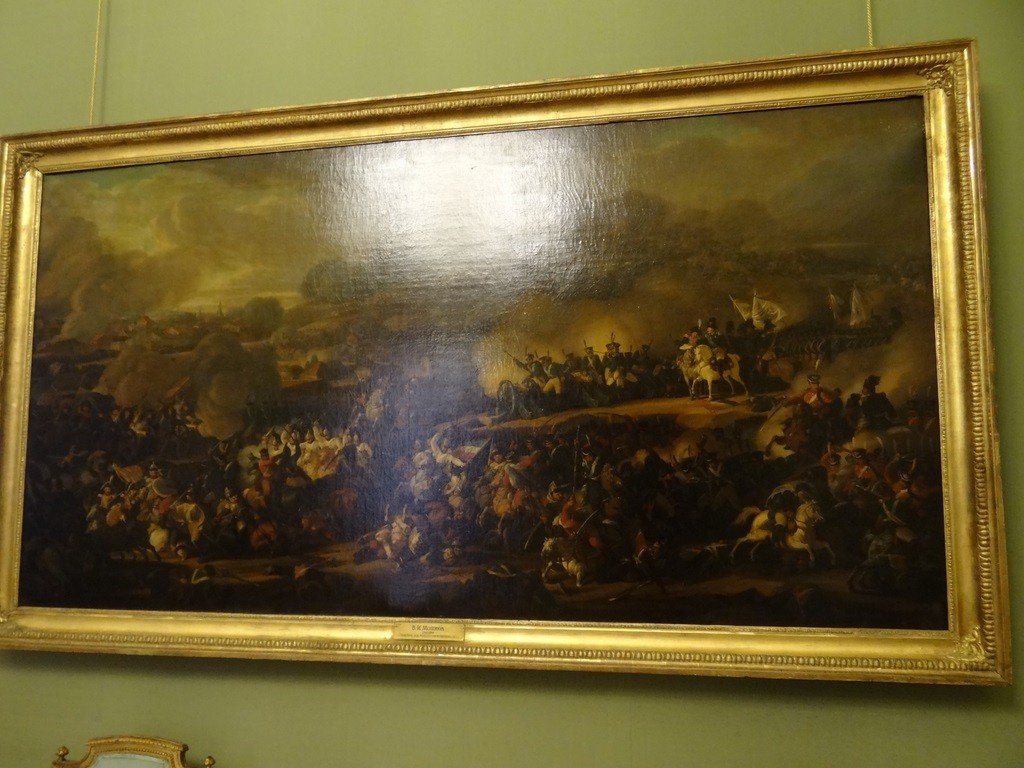
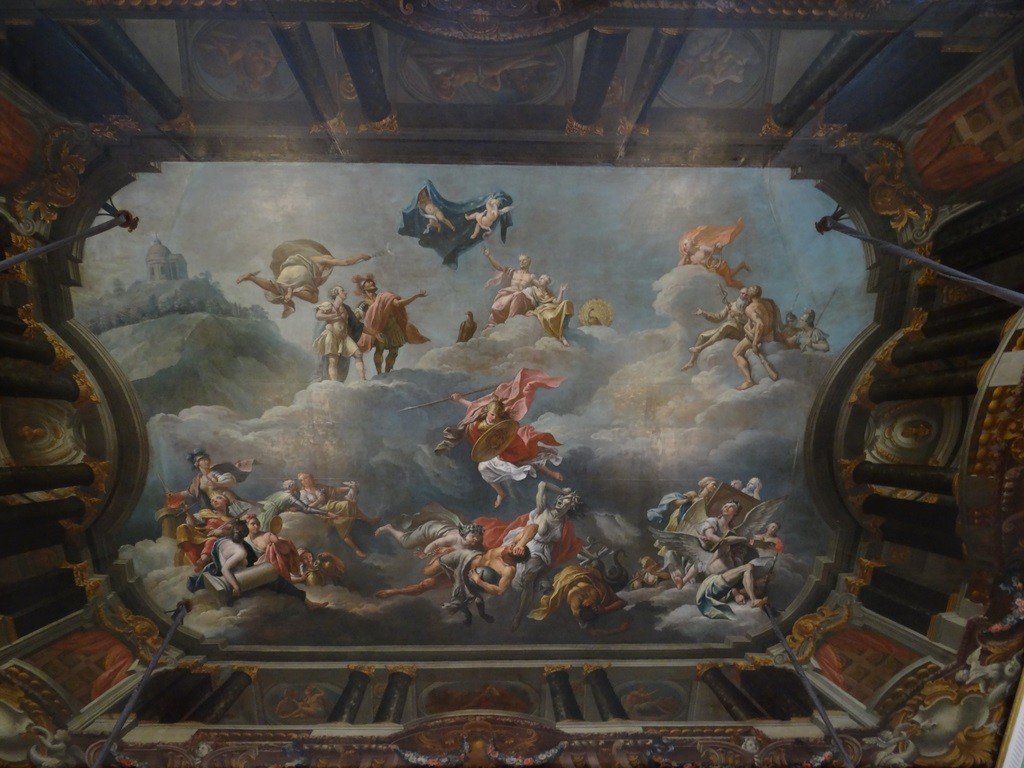
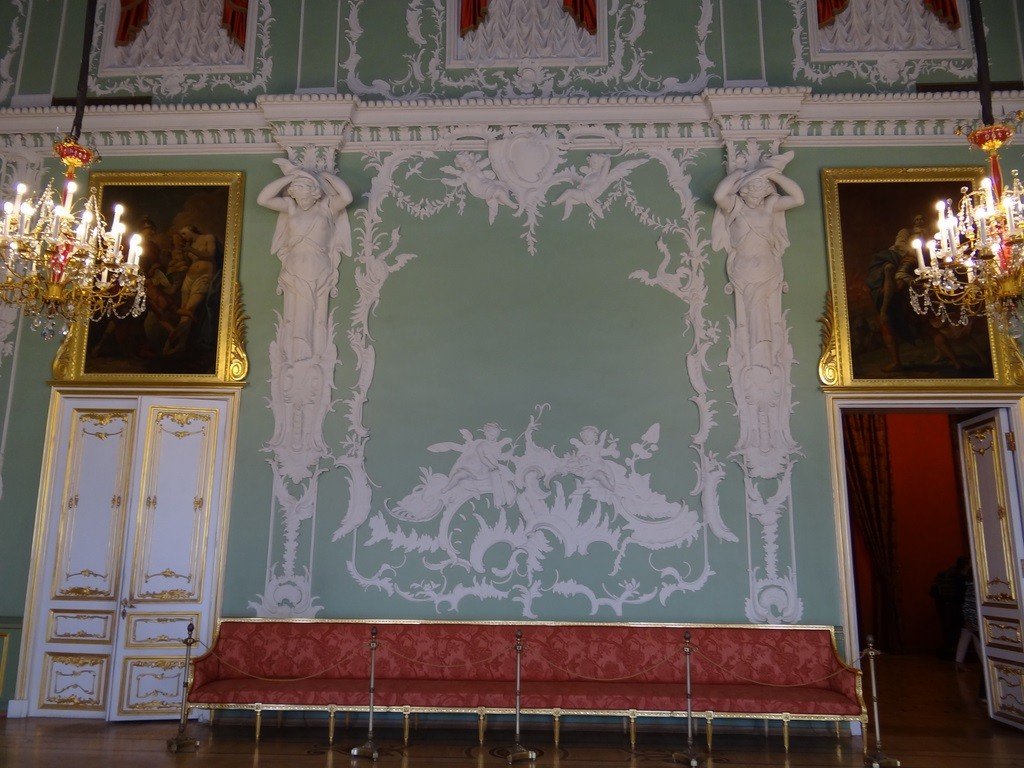
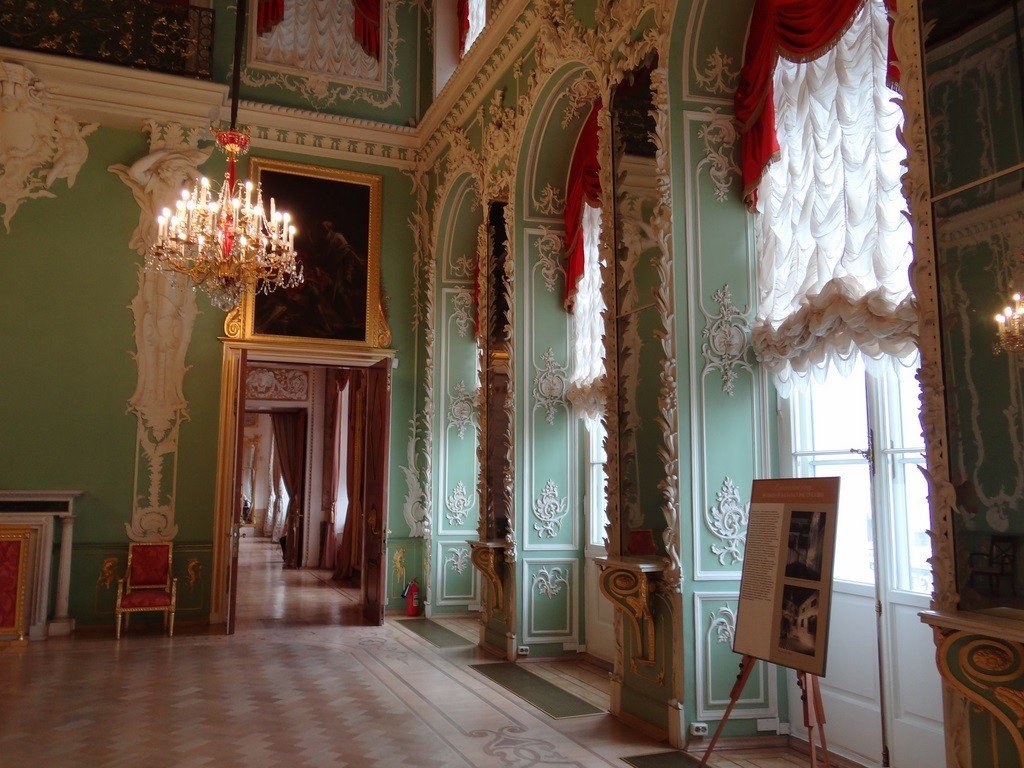
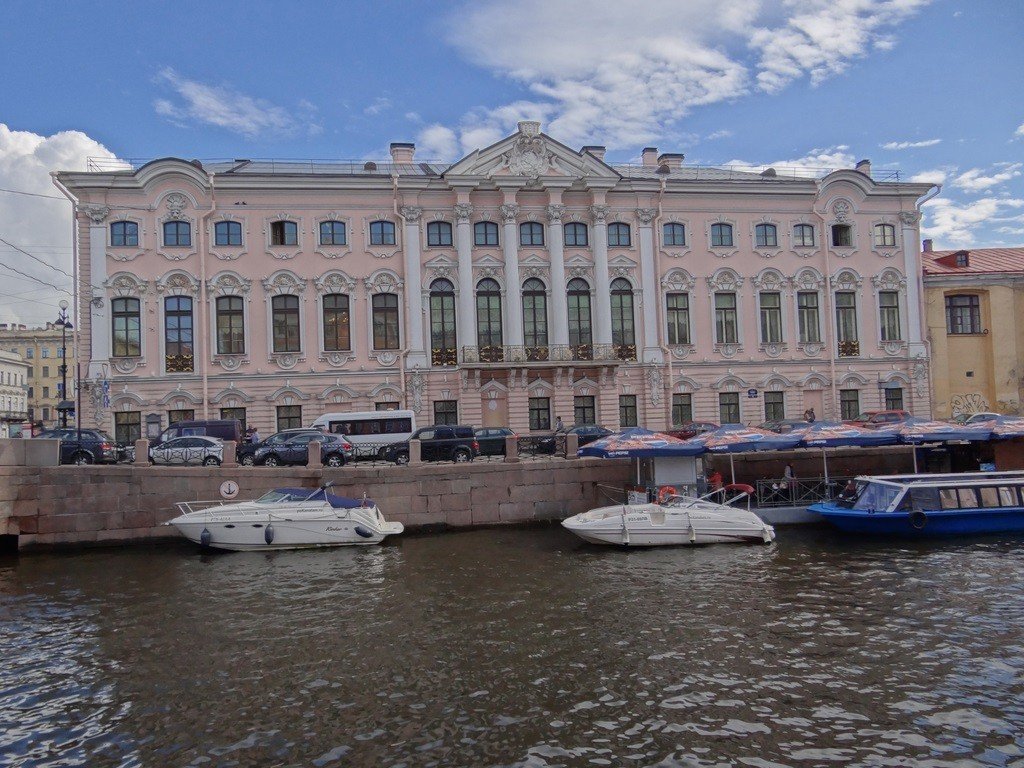
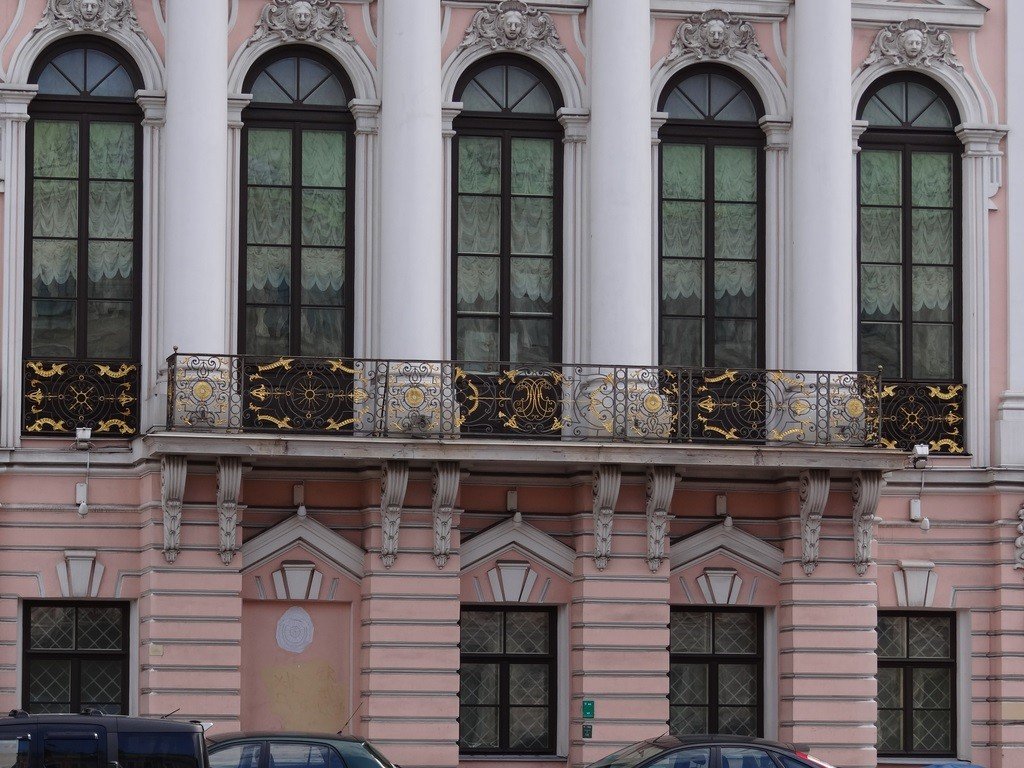
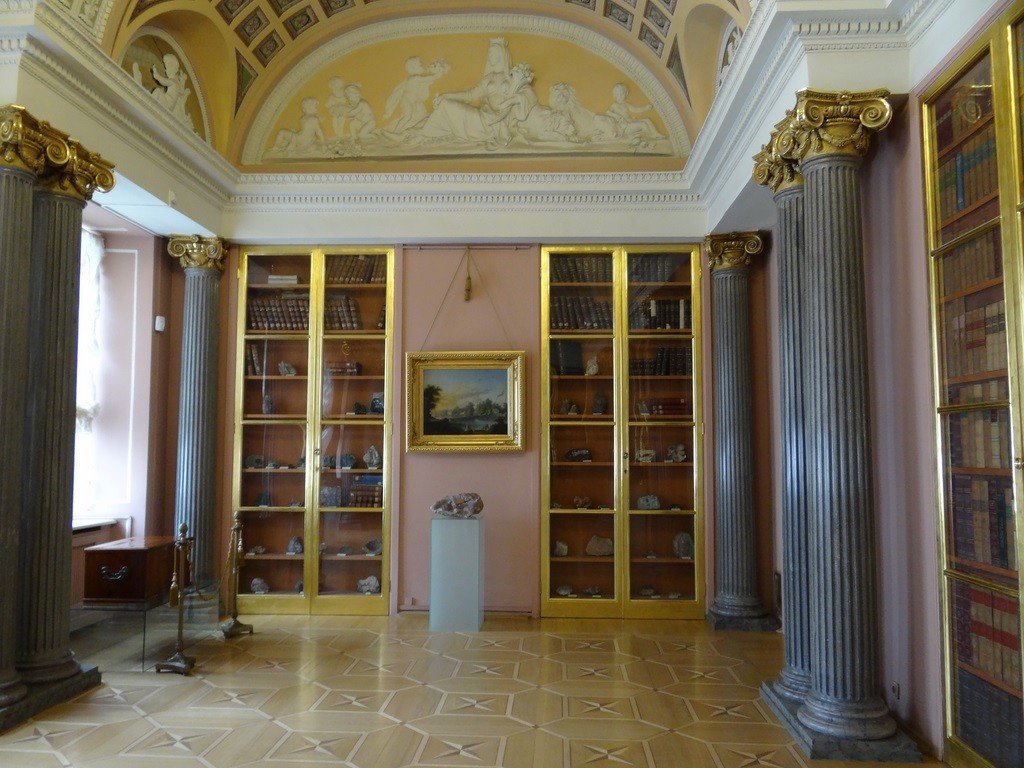
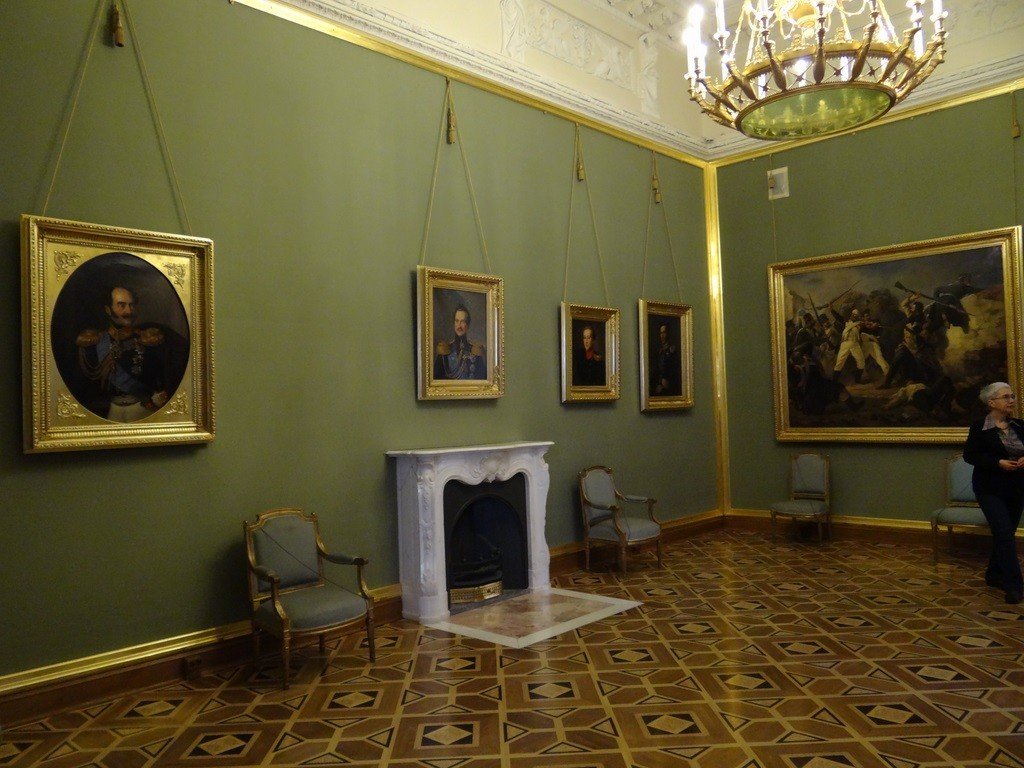
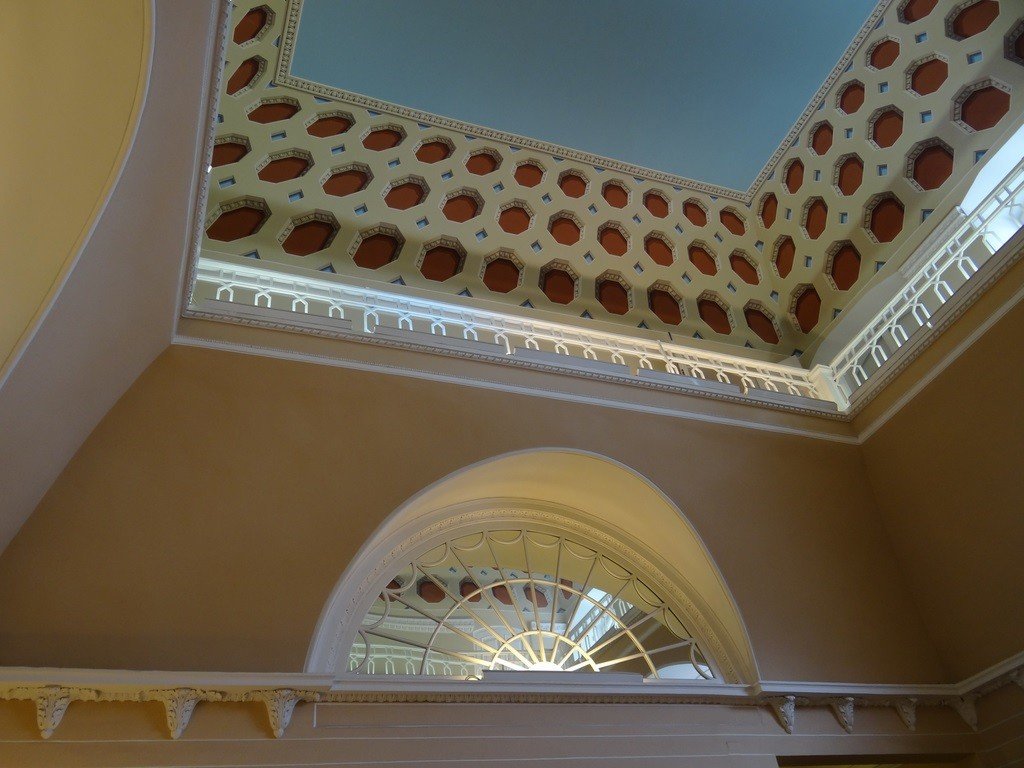
General information
Stroganoff Palace was built for one of the most noble and wealthy families in Russia, the Barons and Counts Stroganoff. The client was delighted and decided to pay tribute to the architect. When the celebrated Italian painter Rotari came to Russia to create portraits of the Empress and the Grand Dukes, Stroganov used unprecedented energy and huge sums of money to have this artist paint a portrait of Rastrelli, and hung it in the most ornate (White) hall of the palace he created.
.
The Stroganoff family was fabulously rich, they owned factories, lands, thousands of serfs, and were still related to the royal family. It was they who equipped Ermak’s squadron, contributed to the annexation of Siberia to Russia. It was they who helped Peter with generous monetary donations to successfully complete the war with Sweden.
.
Legend has preserved an amusing episode: treating Peter I to dinner, the owner of huge saltworks and mining Stroganov presented the Tsar with a barrel of gold for dessert. They were also a family of patrons of the arts and art collectors. Their palace contained one of the best private art collections in Russia, balls and masquerades were held, and performances of Italian opera and foreign virtuosos were arranged.
.
At the end of the 18th century, the Stroganov Palace was rebuilt by architect Andrei Voronikhin, a former serf of the Stroganovs, who had received a free license and excellent education (St. Petersburg rumor believed him to be the illegitimate son of Count Stroganov himself).
.The Stroganoff house was famous for its “open dinners”. In the courtyard of the palace, decorated with marble sculptures and a fountain, tables were set, and any decently dressed citizen could dine here. These legendary dinners were sometimes attended by a hundred or more people. By the way, the cook of this family invented the dish that became world famous – beef stroganoff (Stroganoff-style meat).
.
Now the Stroganoff Palace is transferred to the Russian Museum, here you can see several restored interiors and an exhibition of wax figures.
.The pearl of the palace is the Great Dancing Hall – the only interior in St. Petersburg that has preserved the original decoration by Rastrelli with a unique plafond “Triumph of the Hero” by G. Valeriani,
In 2005 one of the most interesting interiors of the palace – the Mineralogical Cabinet created by architect Andrei Voronikhin – was opened to visitors after restoration. It consisted of two tiers: the first one housed the library and the second one the famous mineral collection of several hundred specimens. Count Stroganoff collected it for decades. After the revolution Stroganoff’s books went to the largest libraries, and the mineral collection to the Mineralogical Museum of the Academy of Sciences. Now the museum has returned some items from its collection to the Stroganov Palace, and the Russian Museum provided the books of the 19th century. Temporary exhibitions of works from the Russian Museum holdings are held in the exhibition halls of the first floor. In the future, after the restoration is completed, it is planned to place in the Stroganov Palace an exposition devoted to Russian collectors of the 18th – 19th centuries..
Visitors
- Nevsky pr. 17. Metro “Nevsky Prospekt”, “Gostiny Dvor”, “Admiralteyskaya” .
- Tel. 571-82-38 .
- Open daily, except Tues, from 10.00 to 18.00 (on Mon till 17.00). The ticket office closes one hour earlier .
- Inspection -1h. Entrance – 100 p., preferential (Russian schoolchildren, students, pensioners) – 30 p. Foreigners – 300 p., foreign students and children – 150 p.
